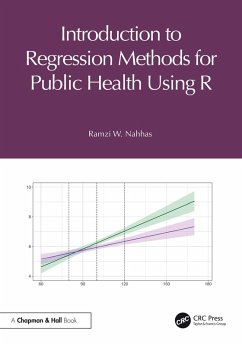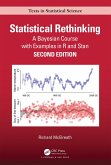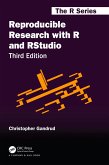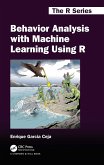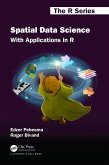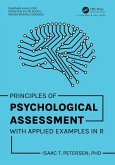The text includes an overview of regression (Chapter 2); how to examine and summarize the data (Chapter 3), simple (Chapter 4) and multiple (Chapter 5) linear regression; binary, ordinal, and conditional logistic regression, and log-binomial regression (Chapter 6); Cox proportional hazards regression (survival analysis) (Chapter 7); handling data arising from a complex survey design (Chapter 8); and multiple imputation of missing data (Chapter 9). Each chapter closes with a comprehensive set of exercises.
Key Features:
- Comprehensive coverage of the most commonly used regression methods, as well as how to use regression with complex survey data or missing data
- Accessible to those with only a first course in statistics
- Serves as a course textbook, as well as a reference for public health and clinical researchers seeking to learn regression and/or how to use R to do regression analyses
- Includes examples of how to diagnose the fit of a regression model
- Includes examples of how to summarize, visualize, table, and write up the results
- Includes R code to run the examples
Dieser Download kann aus rechtlichen Gründen nur mit Rechnungsadresse in A, B, BG, CY, CZ, D, DK, EW, E, FIN, F, GR, HR, H, IRL, I, LT, L, LR, M, NL, PL, P, R, S, SLO, SK ausgeliefert werden.

